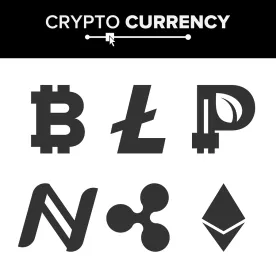On January 2, the Texas Department of Banking (“DoB”) updated Supervisory Memorandum – 1037 (“Guidance”) which provides guidance regarding the application of the Texas Money Services Act (the “Act”) to virtual currencies. First issued on April 3, 2014, the Guidance divides virtual currency into two categories: centralized and decentralized.
Centralized virtual currencies are virtual currencies “created and issued by a specified source” that “rely on an entity with some form of authority or control over the currency”. Decentralized virtual currencies, on the other hand, are virtual currencies that do not have an administrator or a central repository.
Stablecoins are considered decentralized virtual currencies, provided they do not have an administrator or central repository. According to the Guidance, whether the Act applies to centralized virtual currencies requires a case-by-case determination. As for decentralized virtual currencies, the Guidance states that the Act only applies when sovereign currency is involved, and only in certain cases, because decentralized virtual currencies do not constitute money or monetary value.
The revised Guidance, however, informs the industry that stablecoins pegged to a sovereign currency and provide the holder a redemption right are subject to the Act because they are now considered monetary value. Under Texas law, “monetary value” is defined as “a currency or a claim that can be converted into currency through a financial institution, electronic payments network, or other formal or informal payment system.” (emphasis added). Because this type of stablecoin provides the holder the right to exchange it for sovereign currency, it creates a claim convertible into sovereign currency. As such, the stablecoin would constitute monetary value. Accordingly, any activity that would constitute money transmission if that activity involved fiat currency now constitutes money transmission if a sovereign-backed stablecoin with redemption rights is involved. Texas may now be the first state to expressly address sovereign-back stablecoins in its money transmission regulatory guidance for virtual currencies.
Another important update to the Guidance is its treatment of Ripple’s XRP. Originally, the Guidance did not specifically include XRP among its examples of decentralized virtual currencies. Now, the Guidance names XRP as a decentralized virtual currency, along with bitcoin and Litecoin. The DoB issued the revised guidance in light of the “current trends in the Virtual Currency field, including the widespread introduction of stablecoins to the market.” Those trends have, apparently, led the DoB to provide regulatory certainty (and relief) to XRP, and to take the lead in developing the money transmission regulatory framework for stablecoins.



 />i
/>i


